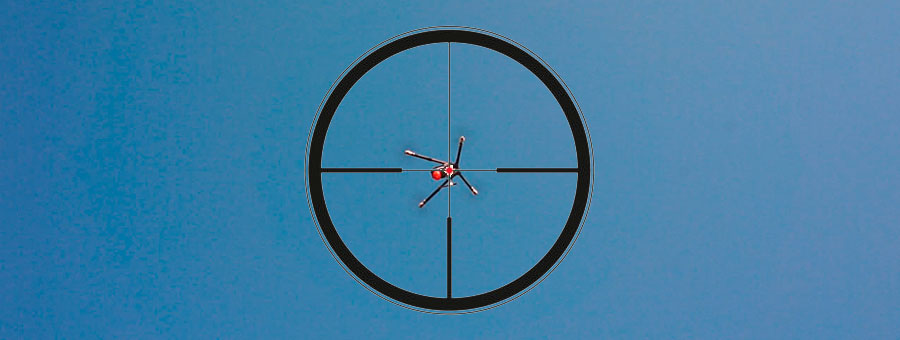Nowadays, flight control systems (FCS) and autopilots strongly rely on GPS signal. Therefore GPS-Denied navigation is one of the recursive objectives most pursued by modern autonomous navigation to increase flight safety. Having an accurate positioning is essential to achieve autonomous flight, but GPS sensors are not always infallible.
In some cases, with the loss of GPS signal, the control over the UAV can be lost. With erroneous positioning and orientation data the UAVs can go in any direction or location outside the predefined route. Or it can even step outside the scope of the radio link with the consequent loss of the UAV.
Sometimes these failures can be due to a weak GPS signal, to flights in indoor locations, or even, UAVs can suffer from jamming or spoofing attacks. Jamming attacks consist of impeding or interfering the GPS signal so that the attacked UAV initiates programmed safety protocol which in most cases involves an emergency landing and thereby capture the UAV. Spoofing attacks consist of supplanting the GPS signal by making the UAV “think” that it is in another location, causing it to crash, land or any other action. Specifically, it is speculated that Iran took control of an UAV Reaper from the USA using the Spoofing technique.
GPS-Denied navigation with Veronte Autopilot
However, some professional avionics systems are able to maintain stable GPS-denied navigation, as it is the case of the Veronte Autopilot. Veronte Autopilot permits UAVs to fly maintaining the altitude and the attitude even with the loss of GPS. Respecting also speed parameters in case of fixed-wing UAVs and preventing them from entering the stall.
To achieve a GPS-denied navigation, Veronte Autopilot development team has improved guidance algorithms which process the information of the INS sensors embedded in the autopilot for UAVs. The avionics system performs calculations to obtain speed and attitude (yaw, pitch, and roll) with high precision. It takes advantage of the static pressure and dynamic pressure information obtained in its barometer and its pitot tube; as well as the data captured from installed gyroscopes, accelerometers, and the magnetometer, the latter in an optional form.
In addition, Veronte Autopilot achieves, without the need of GPS, a relative positioning. This is thanks to the combination of the calculations described above and the GMS mobile technology used. With this technology, BTS towers (Base Transceiver Stations) triangulation is performed obtaining an estimated position of the UAV to facilitate GPS-denied navigation , similar to the location available in cell-phones.
